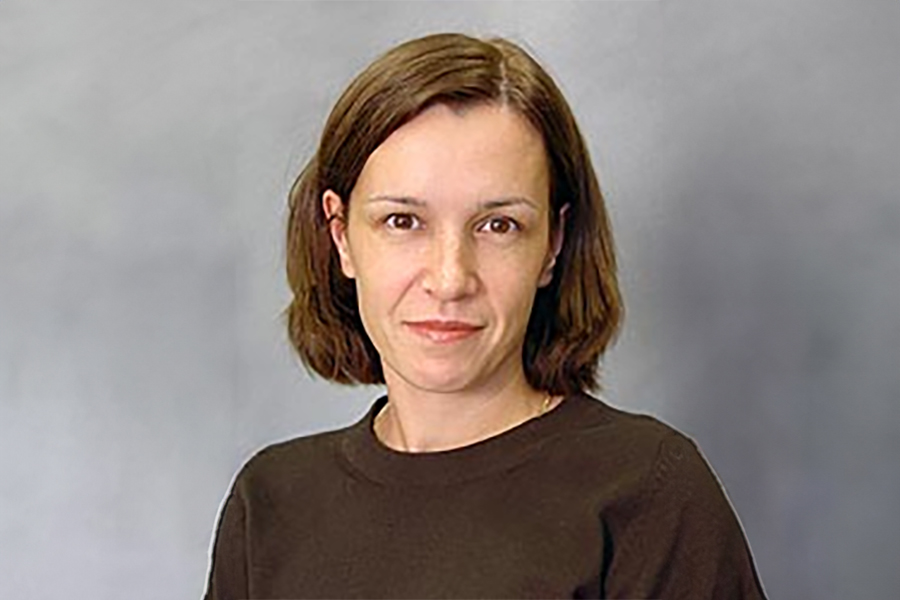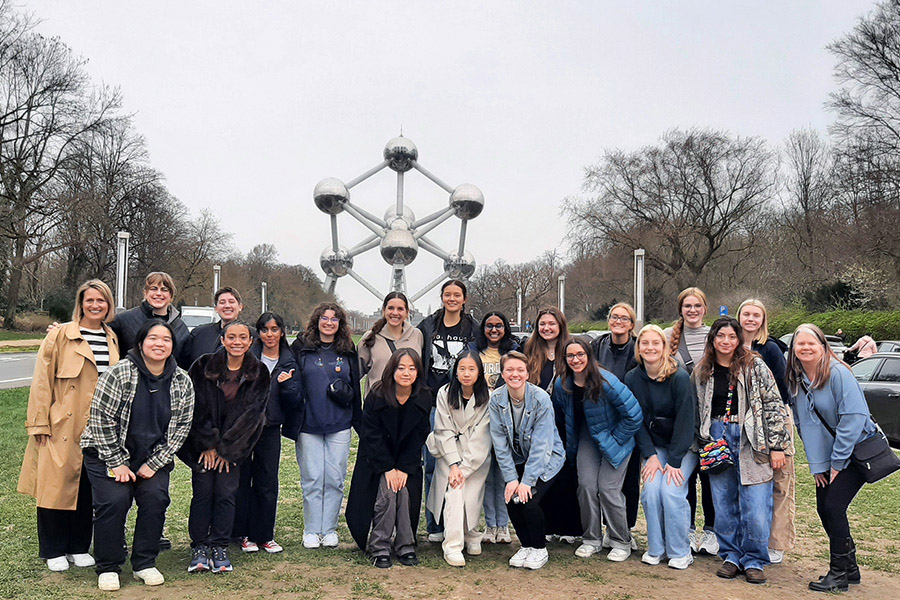Global Engineering Programs and Partnerships
Study Abroad
Global Engineering Minor
Global Competency
Shah Family Global Innovation Lab
Engineering Study Abroad Course Equivalency Database
Ambassador Distinguished Lecture Series






